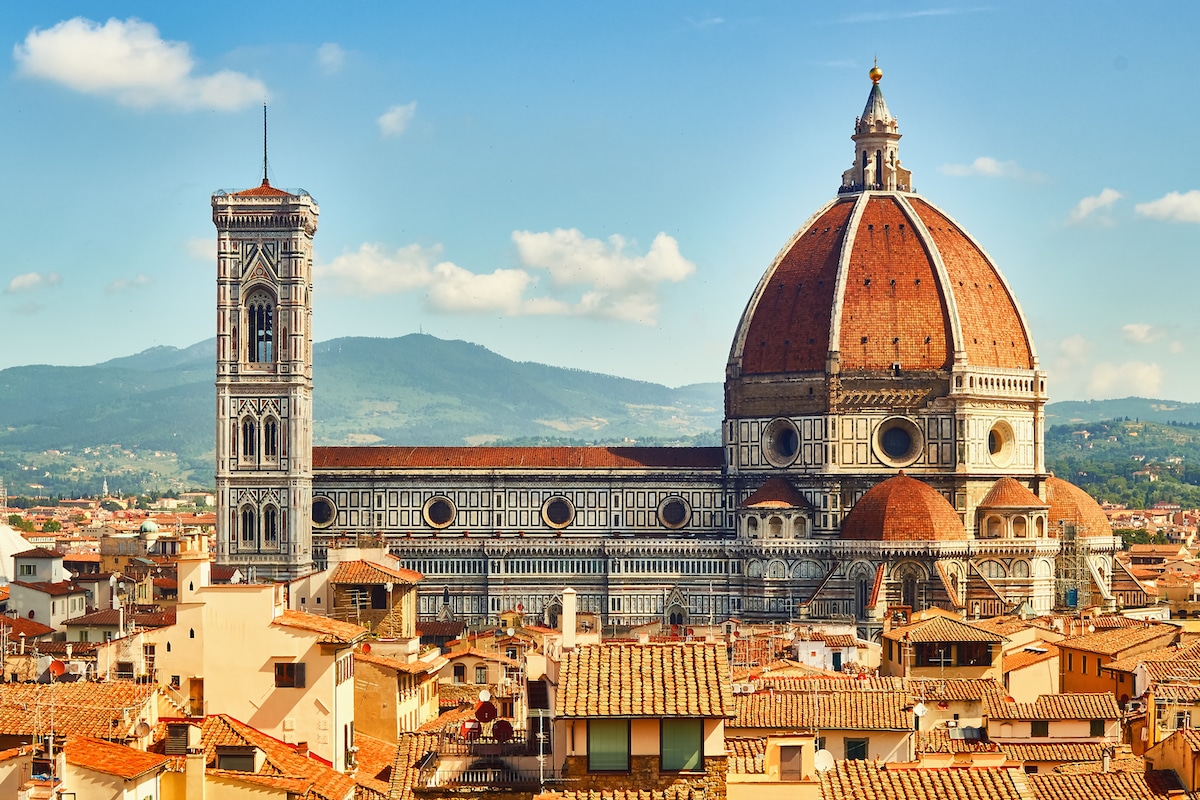BASIC CONCEPTS
- 4 Operational principles
- 3 pillars
- 3R
- Life-cycle assessment
3 Pillars:
- Socio-cultural
- Socio-economic
- Environmental
Green and circular economy
- Circular economy: Focuses on the Reuse, Repair, Remanufacturing and Recycling of materials and products, against the use of virgin raw materials.
- Green economy: It is a model that integrates the social dimension and the conservation of ecosystems.
4 Operational principles
- The impact of human beings on natural systems must not exceed the carrying capacity of nature.
- The use of renewable resources must not exceed their rate of regeneration.
- The use of non-renewable resources must be compensated by the production of renewable resources.
- The emission into the environment must not exceed the absorptive capacity of the receivers.
Life-cycle assessment (LCA)
It studies the impact of a product from its production to its dismantling. For this, it is necessary to calculate energy consumption and corresponding emissions to the environment of the various processes that make its use possible:
- Extraction of raw materials
- Manufacturing process
- Packaging, transportation, distribution
- Use stage
- End-of-life
Ecological footprint
This method assesses the amount of territory needed to generate the biological resources consumed and to absorb the waste that an activity needs and produces.
3R
- Reduce (consumption)
- Reuse (the existing)
- Recycle (transform)
Other concepts
- Green: Refers to everything related to the environment
- Eco-/eco-friendly: It means something that is environmentally friendly, pro- environmental and does not harm the environment.
- Bio-: The singularity of not having been artificially processed or having used chemicals, pesticides or fertilizers during any of their stages.
- Km0: Products linked to a territory, because they save a huge amount of CO2 emissions produced by the transport of products.
- Permaculture: Harmonious integration of landscape and people production food, energy, shelter and other necessities in a sustainable way.
- Low-tech: The use of simple, inexpensive technologies, accessible to all and easy repairable.
- Passive: Design that maximises the use of natural sources of heating, cooling and ventilation to create comfortable conditions inside buildings.
- nZEB (nearly Zero-Energy Building): Building with a very high level of energy consumption, mostly from renewable sources onsite or in the environment.
- Passive home: One of the international standards for certifying nearly Zero-Energy buildings.
Healthy buildings
Connection between human biology and the environment
Buildings must allow:
- Air quality
- Water quality
- Use of natural light
- Thermal comfort
- Noise protection
Relation with nature influences positively on the superior nervous functions, determining sensations of well-being.
Aspects such as:
- Proportion of spaces
- Chromatic atmosphere
- Texture of materials
- Exterior views.
Contribute to determine in the spaces a resting or exciting effect.
SBS is a combination of symptoms associated intrinsically with a built place that can degenerate into a state of chronic illness of its habitants.
SBS diagnosis focuses on the study of the health risk factors associated with a building such as:
- Biological factors
- Chemical factors
- Physical factors
- Psychosocial factors
Climate and Human being
The atmospheric conditions stimulate or depress the physical and mental work of the man.
The main elements of the climate environment that influence human comfort are:
- The temperature of the air
- The radiation
- The movement of the air
- The relative humidity
There are environmental condition that are fundamental in the interaction of the building:
- Temperature
- Sunshine
- Prevailing winds
- Rainfall
- Snow
- Relative humidity and vapour pressure
Sustainable design
- Environmental
- Socio-economic
- Socio-cultural
Bio-architecture
Baubiologie: It aims to minimize the negative impacts of constructions both on health of the occupants and on the environment
Bioclimatic: represents a working method which, starting with preliminary studies of the climatic conditions of the site, directs the project to achieve sustainability and bio-architecture objectives.
Constructive solutions
Active and passive measures:
- Hindering direct solar irradiation
- Adequate orientation of the building
- Type of building favoring natural cross ventilation
- Use of clear finishes to promote maximum reflection
- Thermal inertia of the building
Materials
Traditional materials, experienced over the centuries in traditional architecture, guarantee conditions of better whole-someness and well-being compared to synthetic materials.
Biomorphism
A bio form does not guarantee a bio essence, nor the traditional forms, materials and techniques are unnatural.
The use of “natural” materials as a decorative resource for an exclusively aesthetic reason reveals a superficial approach to sustainability.
